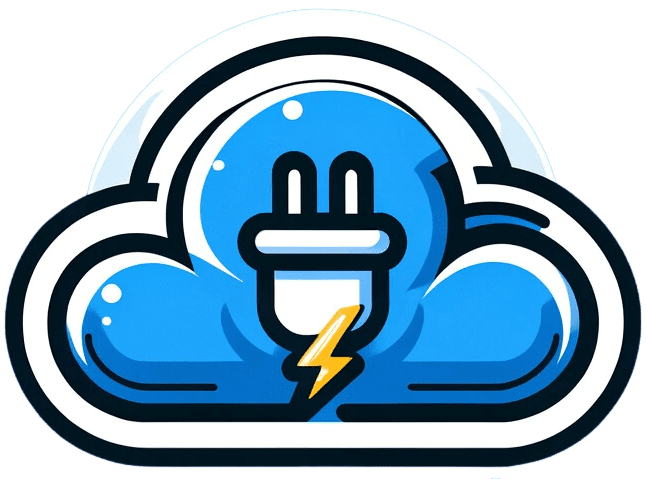Expert Guide to Political Website Building
In the digital era, a political website serves as the central hub for your campaign’s online presence. It’s not just a platform for information; it’s a powerful tool for engagement, fundraising, and advocacy. This guide covers essential tips and strategies for building an effective political website that resonates with supporters and drives your campaign forward.
Understanding the Purpose The first step in building a political website is to clearly define its purpose. Is it to inform the public about your policies? Engage volunteers? Raise funds? A clear purpose will guide the design and content of your website, ensuring it meets your campaign’s needs.
Designing for Impact Your website’s design should reflect your campaign’s identity. Use colors and imagery that align with your campaign’s branding. A clean, user-friendly design is essential. Ensure your site is easy to navigate, with a clear structure that guides visitors to the most important information.
Compelling Content Content is king. Your website should tell your story and convey your message compellingly and succinctly. Include sections on your policies, biography, upcoming events, and news updates. Remember to keep the content fresh and relevant, updating it regularly.
Mobile Responsiveness With the majority of internet traffic coming from mobile devices, your website must be mobile-responsive. A mobile-friendly site ensures that visitors have a seamless experience, regardless of the device they use.
Engaging Multimedia Use a mix of text, images, and videos to engage your audience. Videos can be particularly effective in conveying your message and connecting with visitors on a personal level. Include images from campaigns, events, and meetings to add authenticity and relatability.
Volunteer Recruitment and Engagement Your website should have a dedicated section for volunteers. Provide information on how to get involved, upcoming events, and volunteer testimonials. Make it easy for visitors to sign up to volunteer or join your mailing list.
Fundraising Functionality Fundraising is a critical component of any political campaign. Integrate secure donation functionalities into your website. Make the donation process straightforward, with clear calls to action and multiple payment options.
Social Media Integration Integrate your social media platforms into your website. This not only increases your social media following but also ensures that your latest posts and updates are visible on your website.
SEO Optimization Optimize your website for search engines to increase visibility. Use relevant keywords, meta descriptions, and tags. Regularly updated content and a blog can also improve your SEO ranking, drawing more traffic to your site.
Security Measures Political websites can be targets for cyberattacks. Implement robust security measures, including SSL certificates, regular backups, and security plugins, to protect your site and your visitors’ data.
Analytics and Feedback Use analytics tools to track visitor behavior on your website. This data can provide valuable insights into which parts of your site are most engaging and where improvements can be made. Regularly seeking feedback from users can also guide enhancements.
Ongoing Maintenance A website is not a set-and-forget tool. Regular maintenance is essential to ensure it remains functional, secure, and up-to-date. Plan for ongoing updates and technical support.
Building Partnerships Consider partnerships with web development professionals who specialize in political websites. Their expertise can help in creating a site that’s not only visually appealing but also strategically aligned with your campaign goals. For more detailed guidance and expert tips on creating a political campaign website, visit SnapSite’s guide on political campaign websites.
By following these guidelines, you can create a political website that effectively communicates your message, engages with supporters, and drives your campaign’s digital strategy forward.




